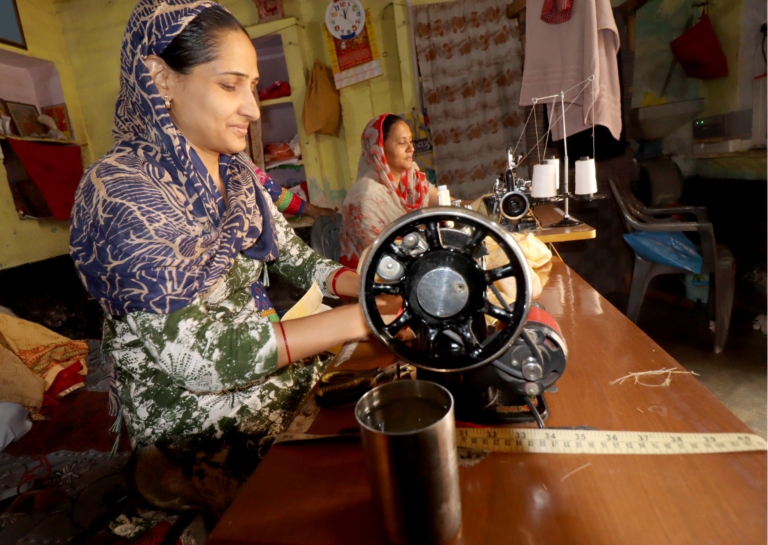Microfinancing
Microfinance is a type of banking service provided to those who have difficulty in accessing formal financial services. It is targeted at the low-income and unemployed fraction of the population . The institutions supporting microfinance offer services such as lending, setting up bank accounts and providing micro-insurance products. In developing countries such as India, financial services through formal channels do not meet the demands of the rural poor, so microfinance can help small-scale businesses flourish by providing greater financial stability.

Objectives of Microfinance
- To promote the socio-economic development among unbanked or under-banked families
- To reinforce the Self-Help Groups (SHGs) and use them for economic development of the country
- To support and promote startups and women entrepreneurship across the nation
Features of Microfinance
Some of the significant features of microfinance are as follows:
- The borrowers are generally from low income backgrounds
- Loans availed under microfinance are usually of small amount, i.e., micro loans
- The loan tenure is short
- Microfinance loans do not require any collateral
- These loans are usually repaid at higher frequencies
- The purpose of most microfinance loans is income generation
Key Benefits
The part that microfinance plays in economic development is noteworthy. Some of the key benefits of MFIs include the following:
- It enables people expand their present opportunities – The income accumulation of poor households has improved due to the presence of microfinance institutions that offer funds for their businesses.
- It provides easy access to credit – Microfinance opportunities provide people credit when it is needed the most. Banks do not usually offer small loans to customers; MFIs providing microloans bridge this gap.
- It makes future investments possible– Microfinance makes more money available to the poor sections of the economy. So, apart from financing the basic needs of these families, MFIs also provide them with credit for constructing better houses, improving their healthcare facilities, and exploring better business opportunities.
- It helps in the generation of employment opportunities – Microfinance institutions help create jobs in the impoverished communities.
- It brings about significant economic gains – When people participate in microfinance activities, they are more likely to receive better levels of consumption and improved nutrition. This eventually leads to the growth of the community in terms of economic value.
Types of Microfinance
Microfinance includes the following products:
- Microloans – Microfinance loans are significant as these are provided to borrowers with no collateral. The end result of microloans should be to have its recipients outgrow smaller loans and be ready for traditional bank loans.
- Microsavings – Microsavings accounts allow entrepreneurs operate savings accounts with no minimum balance. These accounts help users inculcate financial discipline and develop an interest in saving for the future.
3. Microinsurance – Microinsurance is a type of coverage provided to borrowers of microloans. These insurance plans have lower premiums than traditional insurance policies.
Purpose of Microloans
Microloans can be used for various business related activities, such as meeting working capital requirements, maintaining cash flow, starting a new business, managing day-to-day expenses, paying salaries to staff, debt consolidation, etc. People facing trouble in availing business loans generally consider microloans or micro finance.
